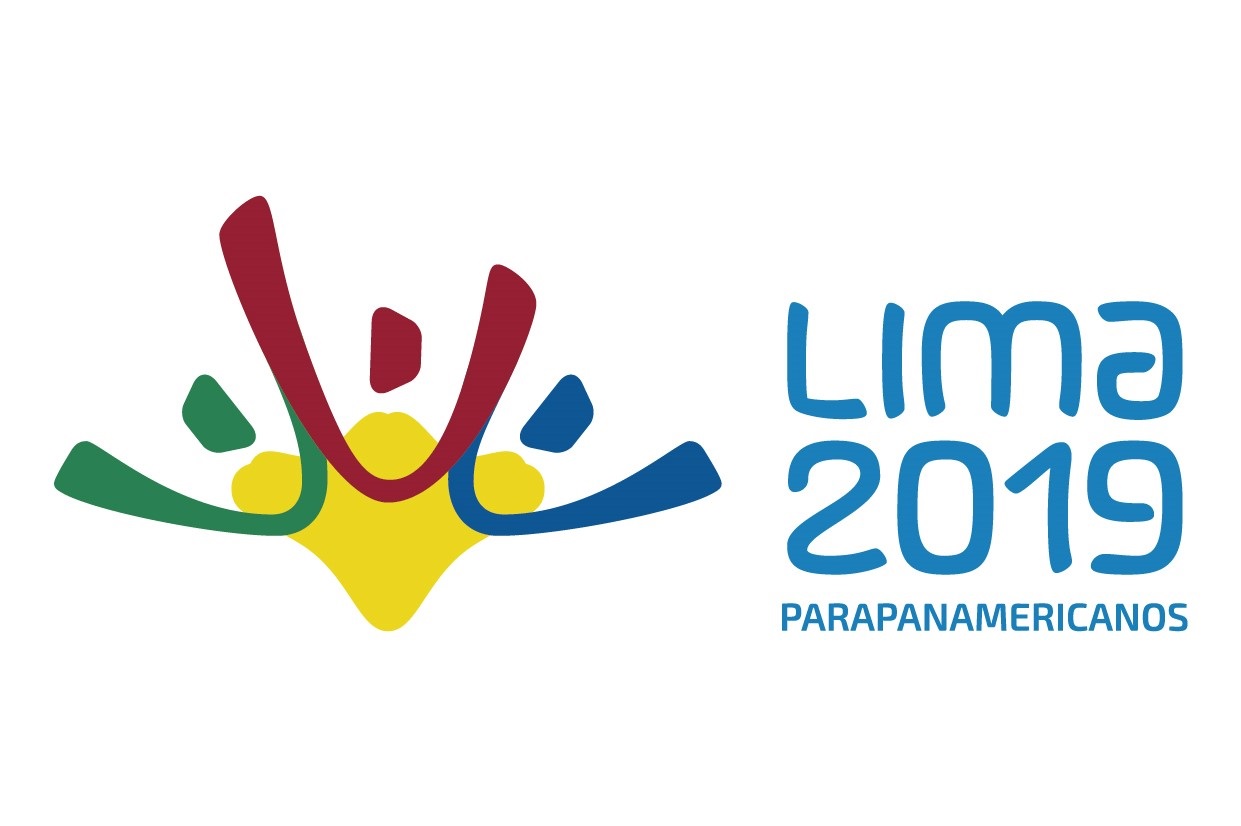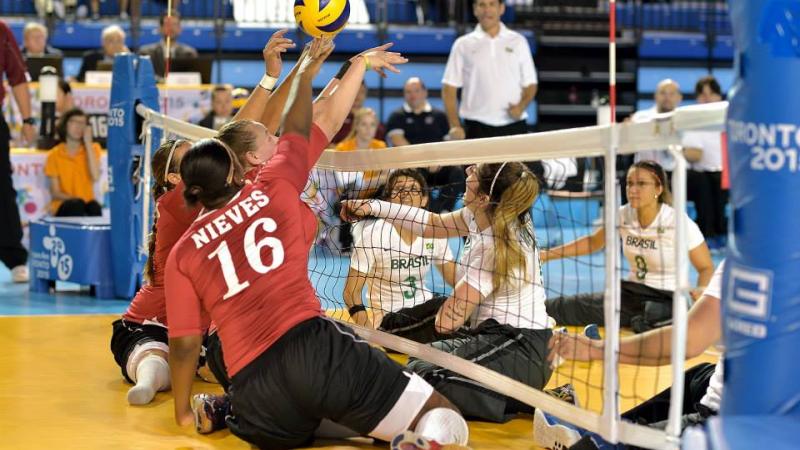Sitting volleyball at the Parapan American Games
© • Laura Godenzi
The sport of volleyball was first developed in 1895 by USA’s William Morgan. It was not until 1953 when newly established disabled sport clubs in the Netherlands combined the sport of athletics with the German sport of sitzball that the sport started to take shape.
Originally a low-key sport, in 1956 the Dutch Sports Committee introduced a new sport that combined sitzball and volleyball called sitting volleyball.
It made its Paralympic debut at the 1976 Games in Toronto, Canada. Sitting volleyball was first included at the Parapan American Games in 2007 with just a men’s event. Women’s were incorporated for Toronto 2015.
The objective is similar to volleyball: hit the ball over the net and land it in the opposing team’s half of the court.
In sitting volleyball, however, the net is 1.05 metres high for women and 1.15 metres high for men, service blocks are allowed and one of the athlete’s buttocks must remain in contact with the floor at all times when handling the ball.
The rally begins with a serve from the back of the court, over the net and into the receiving team’s court; the receiving team must not allow the ball to touch the ground, and they may touch the ball as many as three times before it must be hit back over the net to the other team’s side.
Points are awarded to the team that wins the rally. Matches are the best of five sets.

 Facebook
Facebook
 Instagram
Instagram
 Twitter
Twitter
 Youtube
Youtube
 TikTok
TikTok
 Newsletter Subscribe
Newsletter Subscribe
